RoutOne: Rethinking The Way Cars Are Sold
Driving Engagement with Agile Web Design
How might we enable stronger collaboration between the sales and finance teams, in order to provide a smoother car buying experience for customers.
The Context
Desking software enables the sales team to share details about a car sale with the finance team. Cars have endless amounts of configuration and feature options, and each variation creates complex financing options. Lender rubrics, based on vehicle configuration, manufacturer promotions, volume incentives, and customer qualifications further compound the finance complexity.
The Process
Research
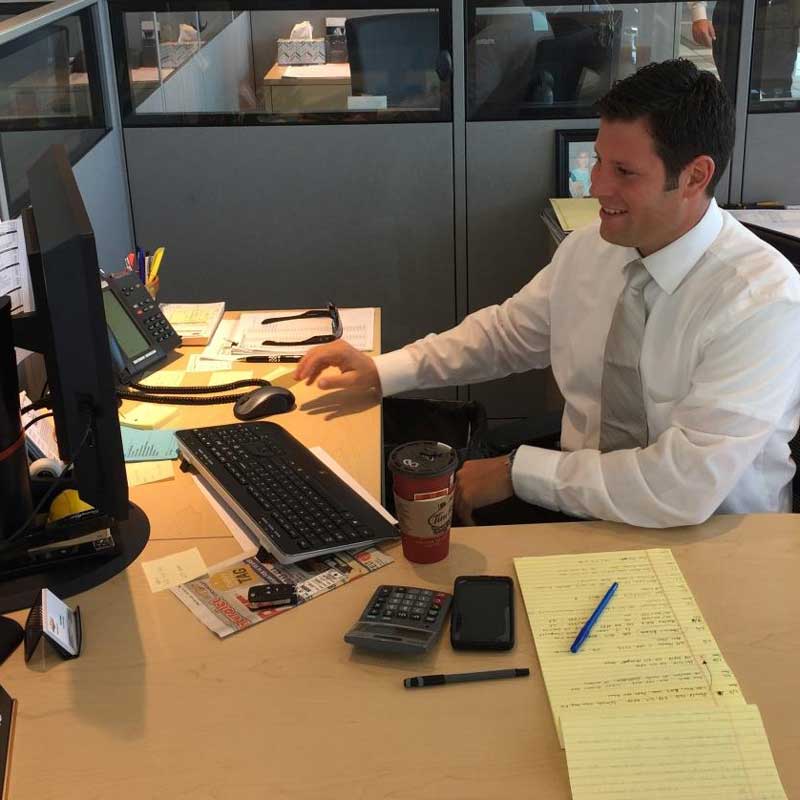
The world of car sales feels rather familiar, as many of us have had direct experience buying a car. Selling a car, however, is complex, competitive, and riddled with opportunities to make mistakes.
How do the sales and finance team use Desking software?
Although both roles use the same software, their goals are entirely different.
Cross-departmental competition drives what each user demands from the software.
What language and metaphors are meaningful?
The “4 square” is a visual diagram that sales uses to help steer the sales conversation.
What are the current challenges?
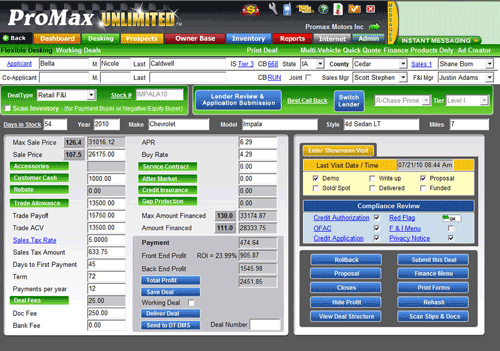
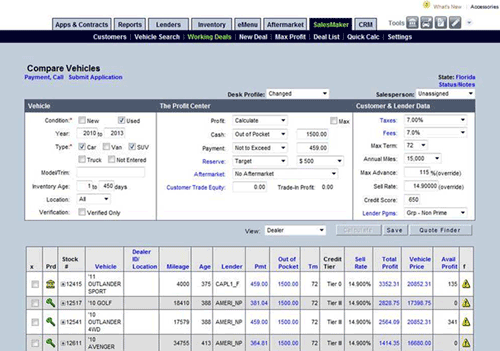
Existing interface causes miscommunication and misunderstanding of the data available.
Persona development
Personas quickly formed around the different motivations that General Managers, Sales, and Finance each have.
Alignment workshop
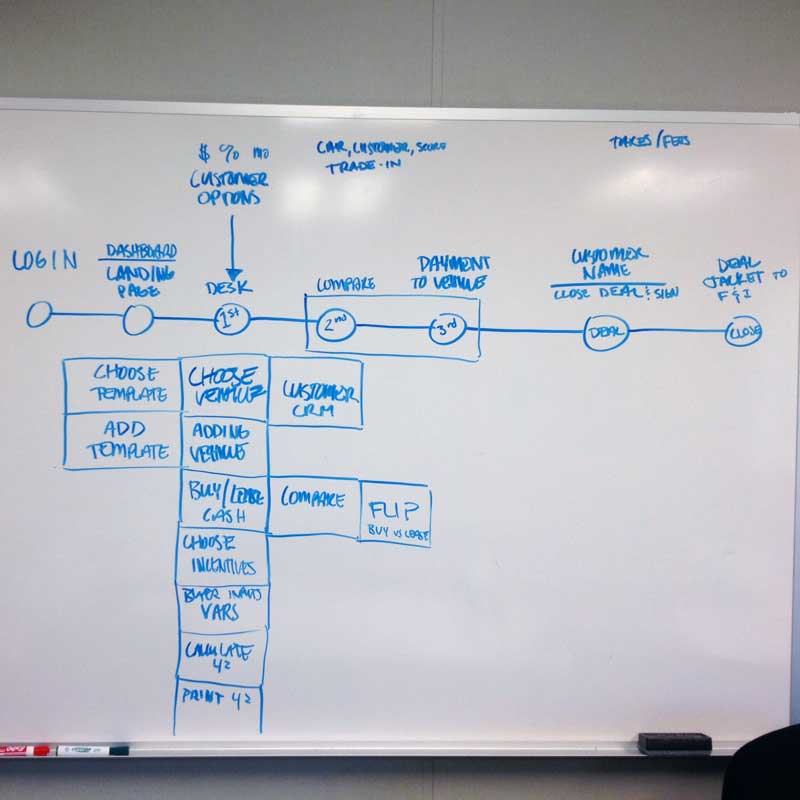
Ensuring a cross-discipline team is aligned on priorities and outcomes is critical for the success of this product launch.
Through a two-day workshop, I lead a cross-functional team through a series of Design Thinking exercises that helped the teams evaluate the goals of each persona against the goals of the organization. This resulted in a unified approach from each department as we began exploring feature development.
Journey map
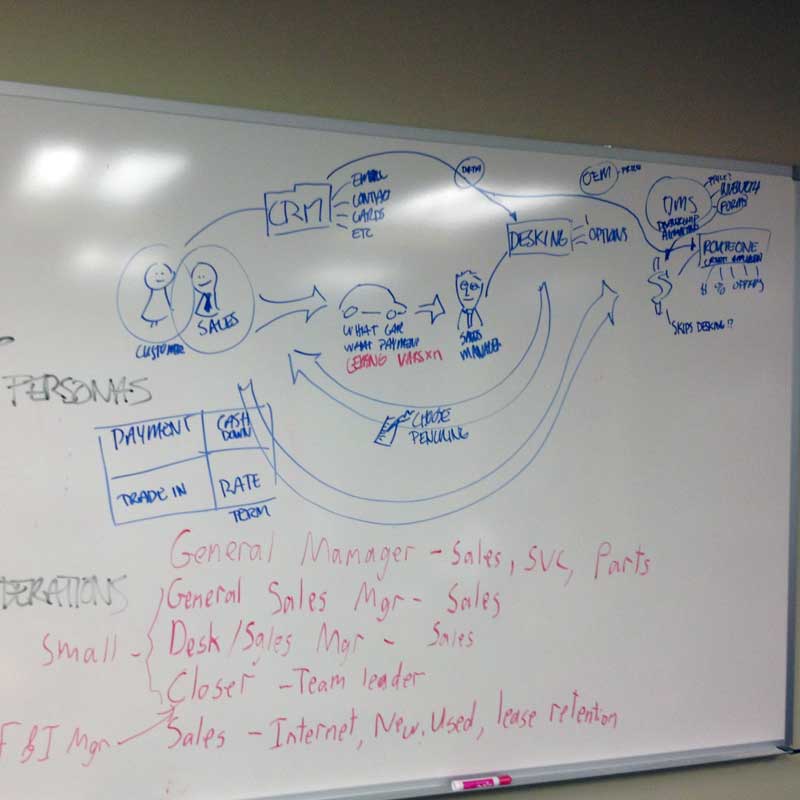
Understanding the user’s broader context allows us to follow the user throughout their day, and identify important aspects of the user journey.
Using the observational research and the experience of SME in the room, we were able to capture the faceted journey users take during the sales process. As a result, the team was able to identify which moments were the most critical, highest risk, and offered the most opportunity to delight.
Ideation
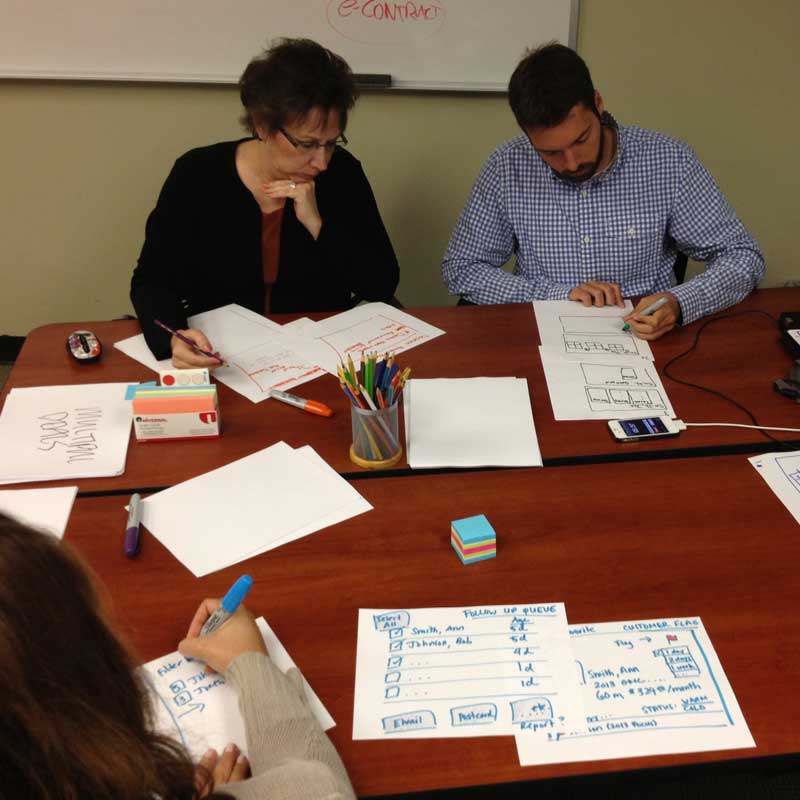
Design Thinking places a premium on cross-discipline problem solving, where the quantity of ideas is more important than quality.
Design Charrettes are an effective way to generate lots of ideas focused on a single pain point. I lead the cross-discipline team through this low fidelity sketching exercise that generated the seeds of future features.
Wireframe

Wireframes are the first prototypes that allow users and stakeholders to experience the software.
Over the years, I have developed a layered approach to organizing information and expressing user interface through wireframes. This approach drastically reduces risk and speeds up the development process by providing entry points for the engineering team to collaborate and shape the solution.
Prototype
My goal with building a prototype is to build just enough interface to express a recommendation and support enough context for effective testing.
I built a static site, based on Middleman, that allowed me to quickly prototype interactive features with real data.
Testing

Testing had several layers, ranging from usability testing to product fit.
I wrote the Test Plans for each persona group, Test Scripts for the facilitators, participants, and observers. Tests were conducted in context on the sales floor, recorded and shared with the product team.
Early testing shed light on significant usability concerns that were informed by the physical space the sales staff work in, along with confirming key aspects of the product strategy.
Agile Coaching

A key aspect of this engagement hinged on pulling a new product team together and aligning their work towards agile methodologies.
I worked, on site, with the engineering team to assist training the team on Agile methodologies and implementing a dual track path to production.
The Outcome
After several months of collaboration, we released RouteOne’s first SaaS product that delivered on the original goal of supporting stronger collaboration between sales and finance.
Along with a successful product lunch, Agile Transformation began to take root which allowed for continued research, development, and deployment.